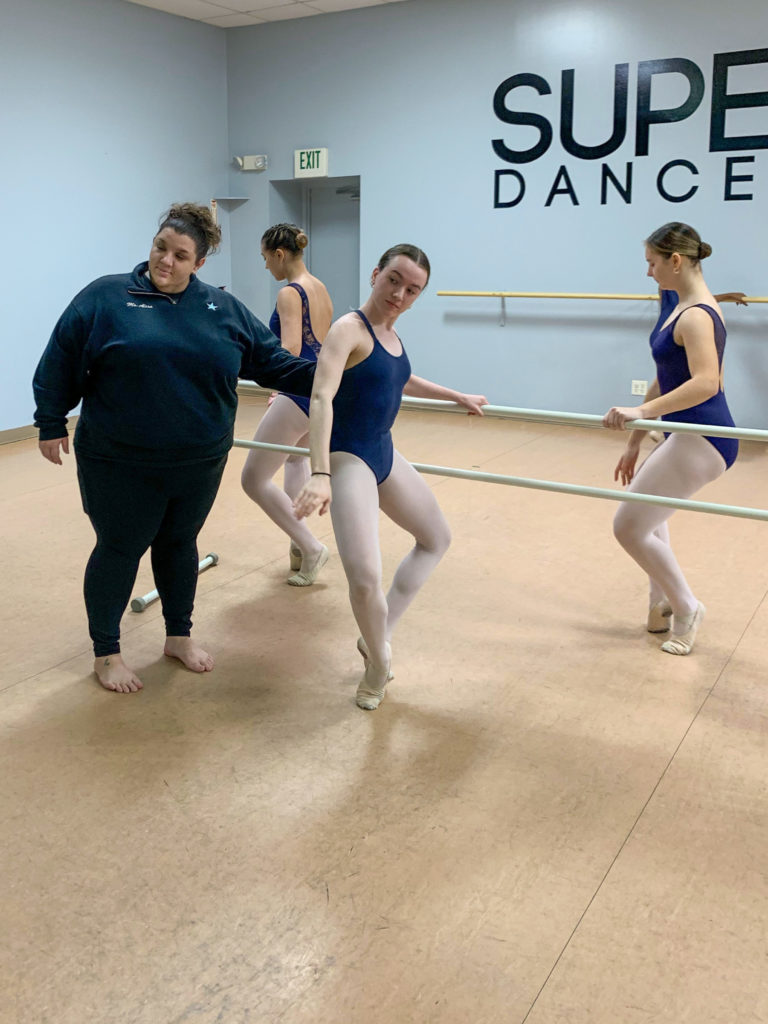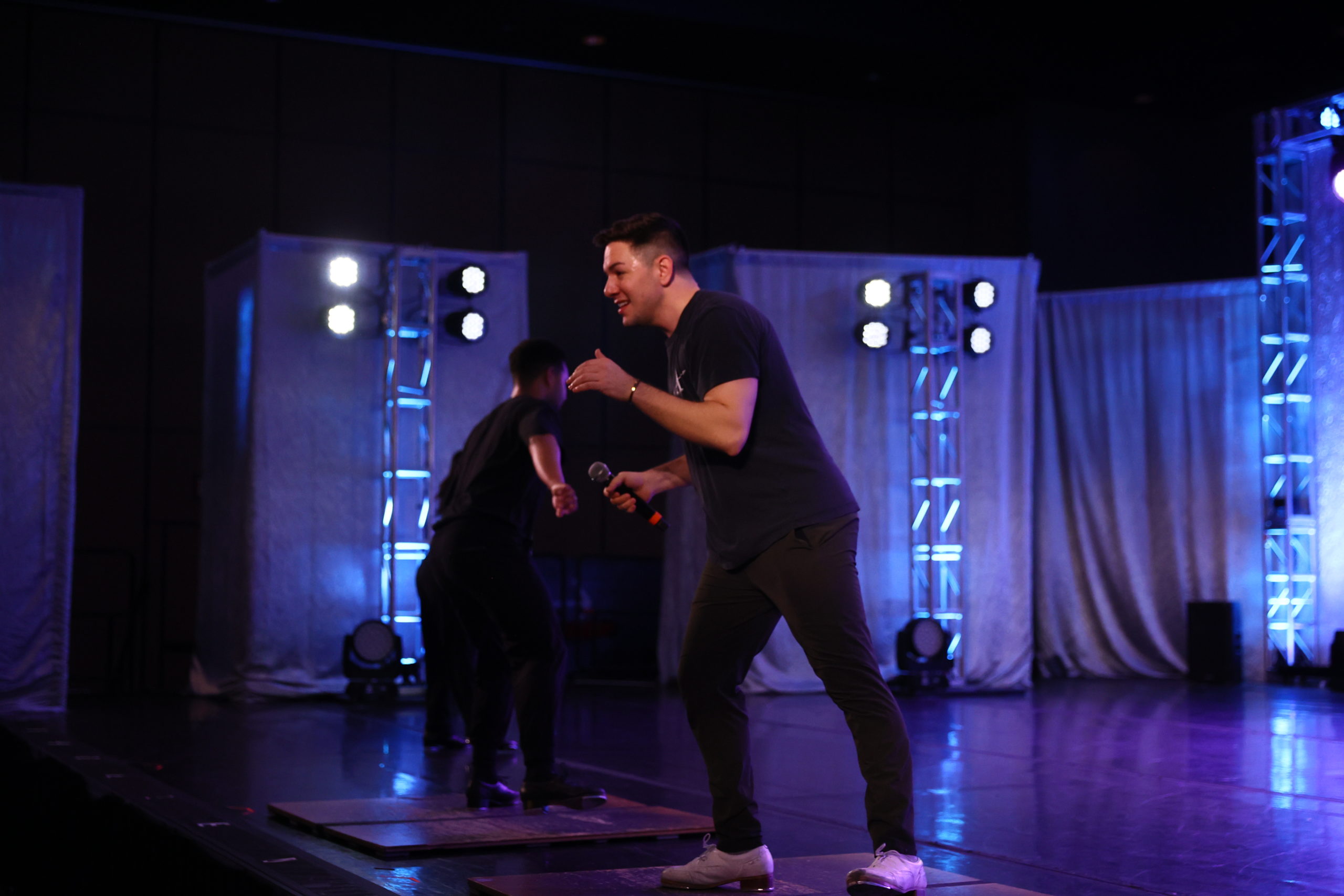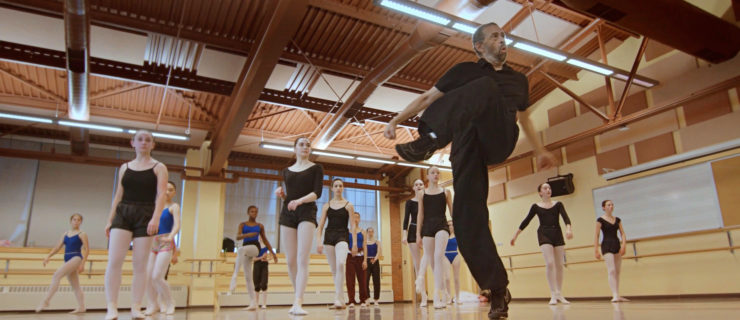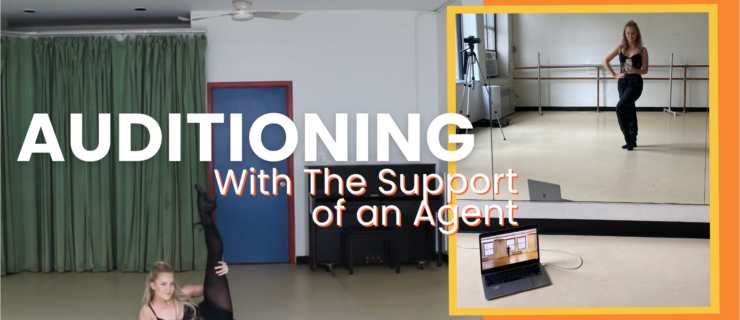Make the Most of Competition Judges’ Feedback
Judges’ critiques sometimes sting, but they can also be super-useful. Just hearing someone other than your teacher voicing a familiar correction can make a difference in how you apply it. These days, feedback usually comes in video form, so you can watch your performance and listen to the panel’s thoughts at the same time.
How do you know which comments are worth considering? And even when you’re able to discern the helpful tips from the less helpful ones, how should you put them to use in your training and performances? Here, three competition veterans give their best advice for turning judges’ critiques into constructive feedback.
Let Your Teachers Filter the Critiques First
“Teachers have a way of helping dancers navigate the process of pulling the pertinent and helpful information from the comments,” says Sonia Pennington, executive director of operations and logistics for National Dance Showcase. Once they’ve sorted through the feedback, “listen to the critiques with your teachers, in case anything needs to be explained,” says Jason Luks, tap dance faculty and judge for New York City Dance Alliance.

Watch and Listen More Than Once
Alexa Conway, co-director of Supernova Dance Company in Forest Hill, Maryland, takes several approaches to processing critiques with her students. The first time you watch or listen to them, she says, focus on yourself rather than the whole group. Doing so will allow you to identify what you, as an individual, should work on.
Then, she says, watch and listen again. This time, “pick out five things that can be focused on and really improved upon,” says Pennington. “Otherwise, the comments can feel overwhelming.” Conway recommends taking notes. “Writing down what you hear will help you remember the critiques when you get back to the studio,” she says.
Don’t Wait Too Long
Pennington recommends putting a little bit of time between the event and listening to your critiques. “That way, they can be used as an objective tool for learning and don’t become a replay of success or failure felt by the dancer,” she says. However, Conway adds that you shouldn’t wait too long. “I think within a week or two of the performance,” she says. “The event is still fresh in everyone’s mind, and dancers and teachers can get to work applying any useful information that may have been given.”
Remember: Critiques Are Opinions
They’re educated opinions, but opinions nonetheless. Try not to get too wrapped up in the delivery or content, especially when a critique feels prickly. Judges only get to see you for a few minutes, whereas your teachers, Conway says, “know the obstacles that were overcome to get you to this point.” And with so many factors other than dancing in play—How are the judges feeling that day? Are they hungry? Distracted by personal issues?—their opinion at one moment in time could change, Pennington says. So, give the critiques only so much weight.
One way to measure the relevance and importance of a critique: “Did a fluke happen onstage, and that is why the judge made a comment? That critique isn’t really a concern,” Conway says. “However, is there a pattern happening in the critiques? Do you hear the same things over and over? That probably means a habit has formed, and it isn’t serving the dancer well.” In this case, take heed of what the judge is saying.
Most importantly, remember that “dance is a subjective art form,” Luks says. “There is beauty in the range of artistry, technique and creativity that every dancer brings to the stage, and there will almost always be a similar range of opinions and feedback from your adjudicators.”




